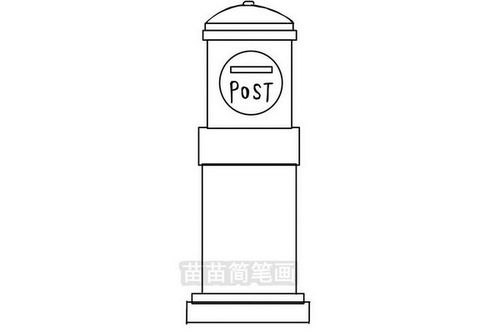
The

Surprising Secrets of British Postboxes
Postboxes are an integral part of the British landscape, providing a convenient way for people to send letters and parcels across the country and beyond. However, these roadside receptacles are more than just functional objects - they have a fascinating history and hold many secrets that most people are unaware of. Here are some surprising facts about British postboxes that you may not know.
1. The first postboxes were green, not red
Although red is the most iconic colour for British postboxes, the first ones introduced in the 1850s were actually green. The decision to change them to red was made in 1874 to make them more visible, and the change was gradually implemented over the following years.
2. Different shapes denote different eras
Over the years, postboxes have come in a variety of shapes and sizes, reflecting the evolving needs of the postal service. The most common shape is the cylindrical 'pillar box', but there are also rectangular, oval and hexagonal boxes, as well as wall-mounted and freestanding models. The oldest surviving postboxes date back to the 1850s and are rare examples of the hexagonal 'Penfold' design.
3. Some postboxes are rarer than others
Although there are over 100,000 postboxes in the UK, not all of them are the same. Some are more unusual than others due to their age, location, or design. For example, there are only a handful of double-aperture postboxes in the country, which were designed to accommodate large volumes of mail. Similarly, there are only a few surviving postboxes that were made for overseas dispatches, with a special flap for the air mail service.
4. Postboxes have been targets of vandalism and theft
Given their prominent and accessible location, postboxes have often been targeted by thieves and vandals over the years. This led to the introduction of various security measures, such as the use of reinforced steel, locks, and CCTV cameras. However, some determined criminals have even resorted to using explosives to blow up postboxes in order to access the mail inside.
5. Postboxes can be repurposed
While many postboxes are still in use today, others have been decommissioned and repurposed for different purposes. Some have been turned into mini libraries, art installations, or community noticeboards, while others have been used as phone booths, defibrillator cabinets, or even fish tanks! One postbox in Shropshire was even converted into a solar-powered mobile phone charging station.
In conclusion, British postboxes are more than just functional objects - they are cultural icons that have played a vital role in the country's postal heritage. By learning about their history, design, and significance, we can appreciate their legacy and the many ways in which they have served and continue to serve the public. So next time you see a postbox on the street, take a moment to appreciate its unique features and the secrets it holds.